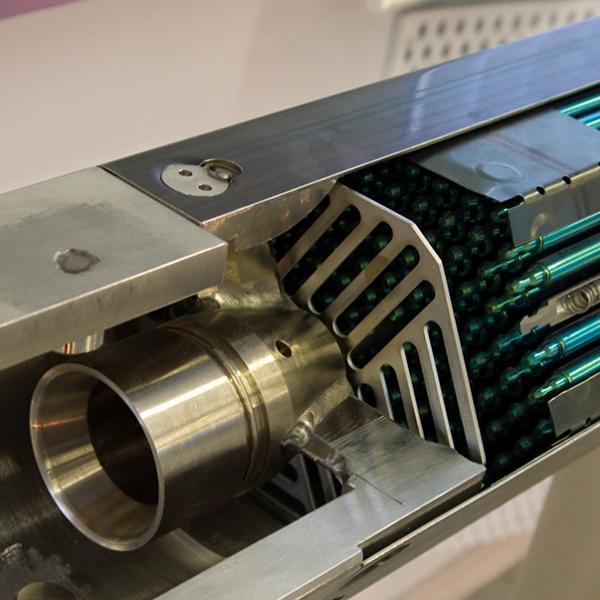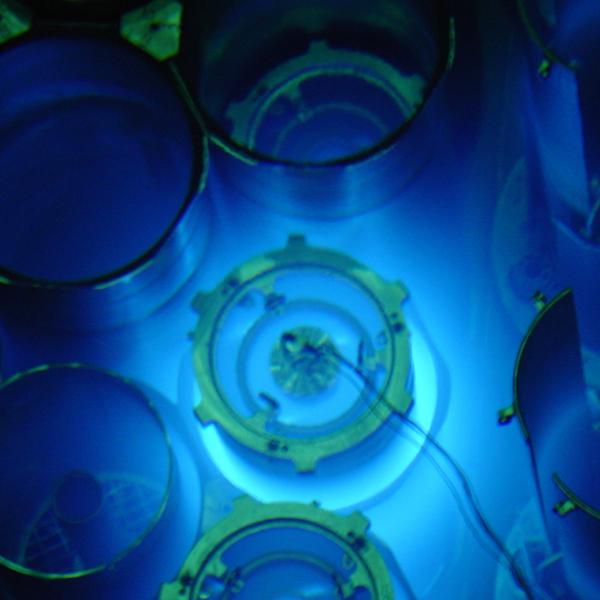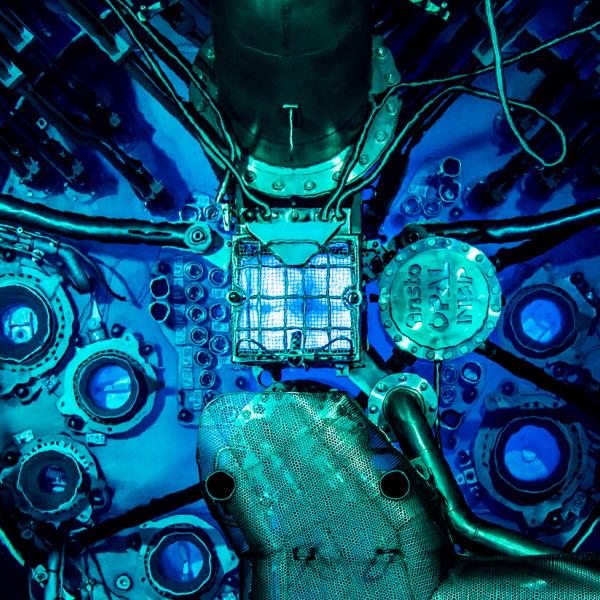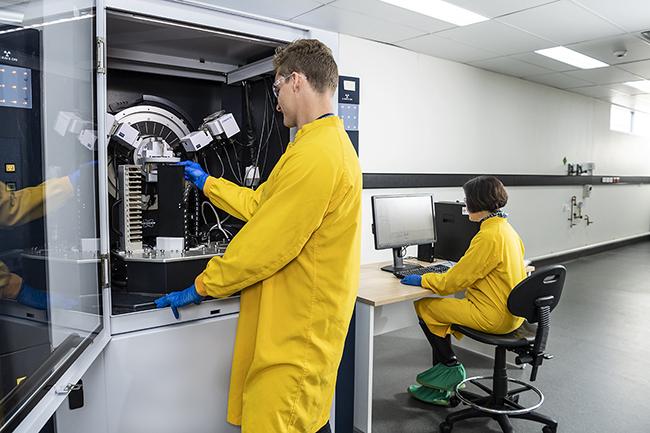
Nuclear Materials Research and Technology
ANSTO is the home of Australia's expertise in nuclear technology. As the operator of Australia's only nuclear reactor, a multi-purpose research reactor, ANSTO researchers address key scientific questions related to both the current generation of nuclear reactors and future systems.
The main objectives are to build knowledge of fuel processes, structural integrity at high temperature and under intense radiation and contribute to safer radioactive waste management.
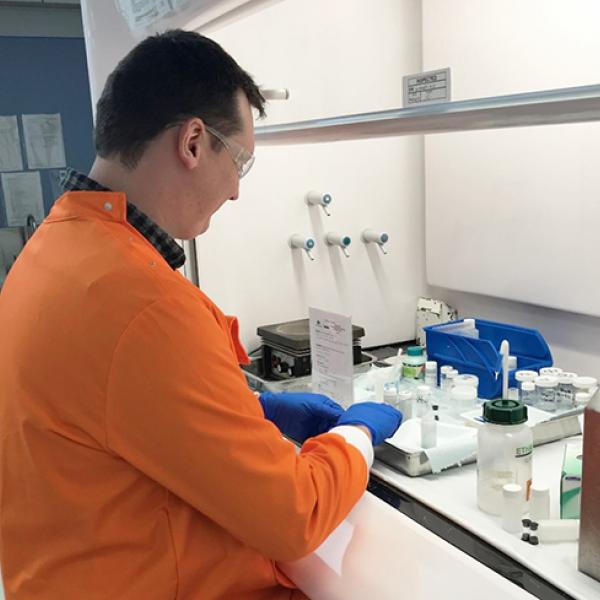
Research areas of focus
Nuclear technologies research at ANSTO focusses on several key areas:
- advancing the understanding of the management of spent fuel and associated waste forms
- investigation of materials for use in nuclear systems, structures and components, and the effects of irradiation, corrosion and high temperature on their structural properties
- the development of improved fuels for advanced reactor designs
Unique nuclear capabilities

This research takes advantage of ANSTO’s unique capabilities including specific expertise in waste forms, theoretical predictions of fuel properties, and expertise in modelling the properties of advanced materials under extreme conditions. All aspects are important in the nuclear industry.
The progress that has been made on the properties of accident-tolerant and other advanced fuels has strengthened scientific collaborations with industry and other research groups with the potential for commercial linkages.
Nuclear researchers have made a major contribution to the development of the ANSTO Synroc waste treatment technology, They support other critical activities at ANSTO, such as the operation of the OPAL reactor and the production of nuclear medicine in ANSTO's nuclear precinct.
Ar a higher level, ANSTO provides timely and comprehensive advice to Government on nuclear technologies and represents Australia on the Generation IV International Forum (GIF). The forum supports collaborative long-term research on advanced nuclear power reactor technologies, which are safer and more sustainable. Nuclear researchers at ANSTO undertake research on Generation IV technologies.
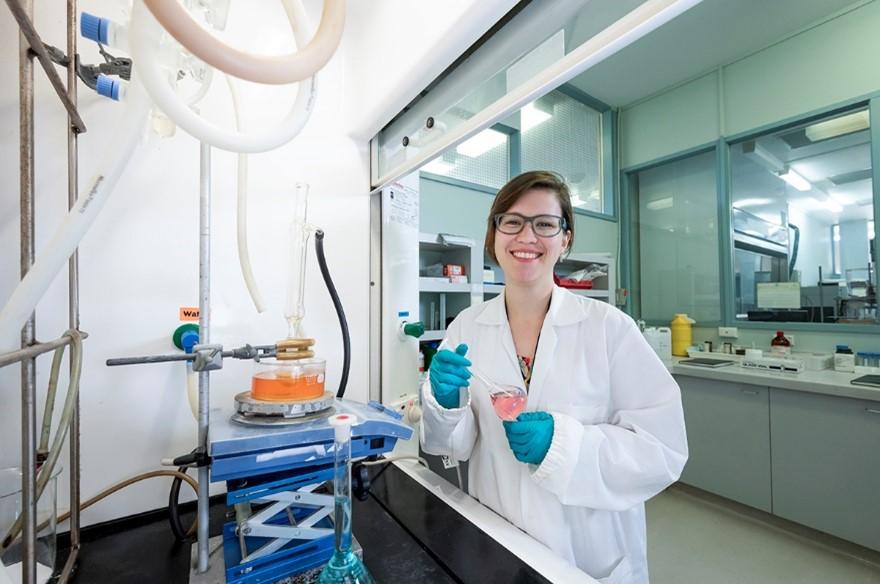
Out of the six proposed advanced reactor systems by GIF, Australia participates by carrying out research on Very High-Temperature Reactors (VHTR) and Molten Salt Reactors (MSR). ANSTO’s ongoing involvement is based on its extensive experience and expertise in nuclear waste, the properties of materials under extreme conditions and research on structural integrity.
ANSTO scientists and engineers are also leading and coordinating a cross-cutting investigation into how advanced manufacturing and materials engineering could be used to reduce the deployment time of Generation IV reactors, as well as supporting high-level forum activities, including the Generation IV Forum Risk and Safety Working Group, and public education and communication in line with outreach.
In collaboration with universities, nuclear researchers are also supporting the ITER nuclear fusion research project in the areas of plasma-facing materials, and plasma diagnostic imaging.
